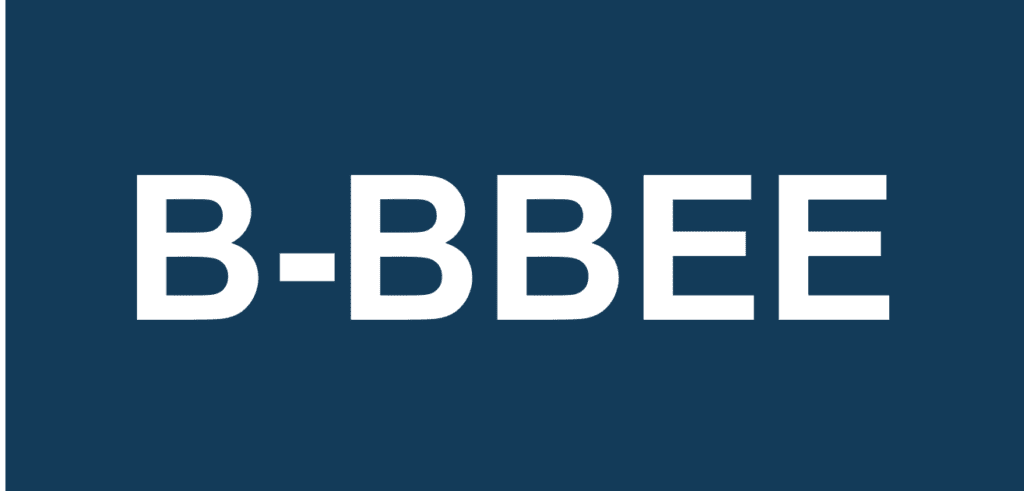Skills development is a priority element in terms of your B-BBEE scorecard. 40% compliance with this priority element is required to score points. Failure to comply will result in the measured entity being discounted one level from the level actually achieved in terms of all five elements.
The target spend for skills development is 6% of your payroll and, of the 6%, 3.5% needs to be spent on category B to F spend which includes learnerships. 2.5% needs to be spent on Category A spend, specifically on bursaries for Black students at higher education institutions. 5 points are available to be earned specifically for black people participating in learnerships, apprenticeships and internships as a percentage of total employees when the measured entity spends 5% on learnerships, apprenticeship and internships.
Mandatory and Discretionary Grants
Besides BEE points there are other benefits to having skills development. Each employer must pay 1% of their payroll as a skills development levy and register with a relevant SETA. On an annual basis, SETA submissions will open and employers must report their workplace skills plan (which is their planned training for the year) and annual training report (training that has already happened in the previous year) before the deadline of the 30th of April 2020.
If an employer’s submission is approved, the designated SETA can pay back up to 20% of the spend in the form of a mandatory grant. Mandatory grants are paid quarterly, and any mandatory grant not claimed will be transferred into the SETA’s discretionary fund. The discretionary grants are paid out at the discretion of SETA management for skills development projects linked to scarce and critical skill, which allows employers to claim back between 40% to 60% of their training spend. Applications for discretionary grants must be made and approved before any training or other activity related to the skills development project can commence.
A learnership means a work–based route to a qualification. It is a workplace education and training programme comprising both structured practical workplace (on-the-job) experience and structured theoretical training.
S12H deductions: tax benefits related to learnerships
This deduction is given to the employer depending on the NQF level and whether the learner is disabled or not. This deduction comprises an annual allowance and a completion allowance and is applicable to learnerships that commenced after 30 September 2016, but before 1 April 2022.
NQF Level 1-6
Annual allowance is R40 000 for the full 12 months but is apportioned for the number of months the learnership has been in effect during the year of assessment. (S12H(2))
Example: The learner, A Specimen, started a 12 months learnership on 1 August 2019 and the year of assessment is January to December. The annual allowance will be R16 667 (R40 000*5/12).
Upon successful completion, the Completion allowance, in addition to the annual allowance, is R40 000 multiplied by the 12-month periods the learnership lasted. These 12-month periods are not apportioned. (S12H(3))
Example: A specimen has completed the learnership in the following year of assessment, that ends on December 2020. The completion allowance will be R40 000 (R40 000 *1 because the learnership was only for 12 months. An 18 months learnership would have a completion allowance of R40 000*3 claimed at the year of completion).
For disabled learners, the Annual allowance is R60 000, the Completion allowance is R60 000 and calculated in the same way as above. (S12H(5))
NQF level 7-10
The annual allowance is R20 000 and the Completion allowance is R20 000. These are calculated similarly to the above. (s12H(2A))
For disabled learners, the annual allowance is R50 000, the completion is also R50 000 and these are calculated the same way as above. (s12H(5A))
In addition to the relevant IT180, the tax authority may require proof of completion from SETA or the training provider if the SETA has not sent one yet. The training provider may be required to send SETA accreditation, registration of the learnership with the SETA and a statement of results or similar documentation to claim these allowances.

